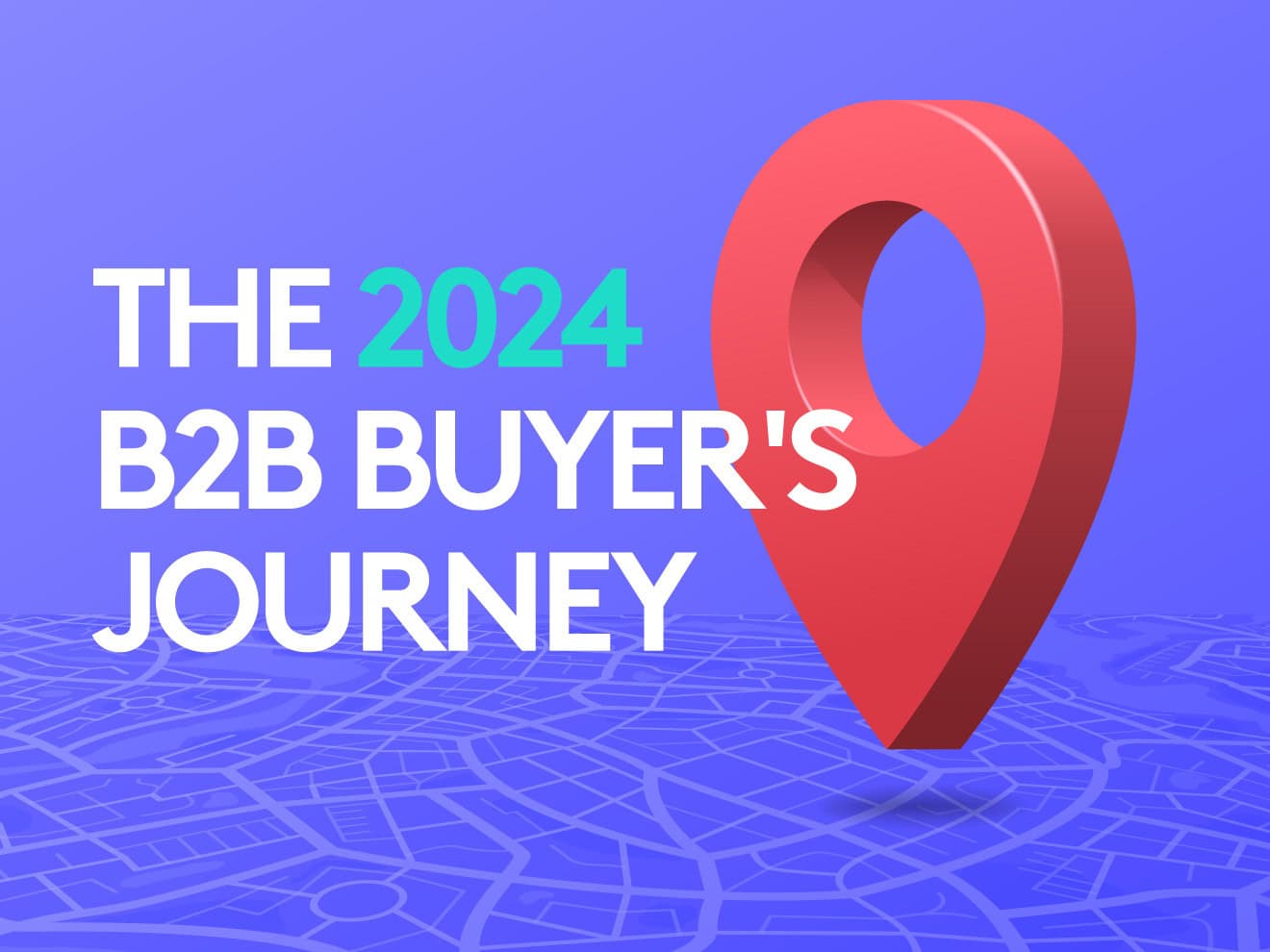
The B2B Buyer’s Journey in 2024: Mapping the Stages from Awareness to Purchase
The B2B Buyer’s Journey in 2024: Mapping the Stages from Awareness to Purchase
What is the B2B Buyer’s Journey?
The B2B buyer’s journey is the process that business buyers go through when making a purchase decision. This journey is typically divided into three main stages: awareness, consideration, and decision. Each stage represents a different phase of the buyer’s research and decision-making process, and understanding these stages is crucial for marketers and sales teams to effectively engage and convert potential buyers.
The Importance of the B2B Buyer’s Journey
Understanding the B2B buyer’s journey allows marketers and sales teams to tailor their messaging and content to meet the needs of buyers at each stage. This targeted approach helps in building stronger relationships with potential customers, addressing their specific pain points, and ultimately guiding them toward a purchase decision. By aligning marketing and sales efforts with the buyer’s journey, businesses can improve their lead generation and conversion rates.
How Does the B2B Customer Journey Differ from the B2C Journey?
The B2B customer journey differs significantly from the B2C journey. B2B cycles are generally longer and involve more stakeholders in the decision-making process. B2B buyers are more rational and research-driven, focusing on the practical and financial benefits of a product or service. In contrast, B2C buyers tend to be more emotional and impulse-driven, often making purchases based on personal preferences and immediate needs.
What Are the 3 Stages of the B2B Buyer’s Journey?
The Awareness Stage
In the awareness stage, the buyer recognizes a need or problem and begins to gather basic information. At this point, they are focused on education and building their knowledge about potential solutions. Content that works well in this stage includes blog posts, whitepapers, and educational videos that address common industry challenges and provide valuable insights.
The Consideration Stage
During the consideration stage, the buyer has clearly defined their need and is actively seeking out potential solutions. They compare different options, looking for detailed information, pricing, and customer reviews. Content that helps in this stage includes product comparison guides, case studies, ROI calculators, and expert reviews.
The Decision Stage
In the decision stage, the buyer is ready to make a purchase. They negotiate terms, schedule vendor meetings, and may request product demos. At this stage, content such as proposals, final pitches, and detailed product demonstrations are crucial to help the buyer make a final decision.
Tailoring Your Sales Process to the Buyer’s Journey
Keeping Tabs on the Buyer’s Journey
To effectively tailor your sales process to the buyer’s journey, it’s essential to keep track of where each buyer is in their journey. Using a CRM system to track buyer stages and engagement levels can help sales teams provide the right information at the right time. Marketing automation tools can also nurture leads by delivering targeted content based on their stage in the journey.
Awareness Stage
In the awareness stage, focus on providing educational content that helps build knowledge and establishes your company as a thought leader. Webinars, industry reports, and informative blog posts can be effective in attracting potential buyers and addressing their initial questions.
Consideration Stage
During the consideration stage, offer detailed product information, comparisons, and tools like ROI calculators to help buyers evaluate their options. Providing access to references, product demos, and free trials can also help buyers make informed decisions.
Decision Stage
In the decision stage, it’s essential to provide proposals, final pitches, and support during negotiations. Your sales team should be prepared to address any last-minute objections and close the deal by highlighting the unique benefits and value of your product or service.
The Future of the B2B Buying Journey
More Self-Education, Less Vendor Interaction
As buyers increasingly rely on digital channels for research, they are doing more self-education before engaging with vendors. This shift means that companies need to provide comprehensive and accessible online resources to meet buyers’ informational needs early in the journey.
Shorter Decision Cycles
With the rise of digital tools and resources, buyers expect faster decision cycles. Companies need to streamline their sales processes and be ready to respond quickly to buyer inquiries to stay competitive.
More Use of Reviews and Social Proof
Buyers are placing greater trust in peer experiences and reviews. Incorporating customer testimonials, case studies, and social proof into your marketing strategy can help build credibility and trust with potential buyers.
Key Insights into the B2B Buyer’s Journey
The B2B buyer’s journey is a complex process that requires a strategic approach to effectively engage and convert potential customers. By understanding the different stages of the journey and tailoring your marketing and sales efforts accordingly, you can build stronger relationships with buyers, address their specific needs, and guide them toward a purchase decision. Leveraging tools like PathFactory, which specializes in AI-powered, personalized content experiences, can further enhance your efforts by accelerating deal velocity and intelligently connecting content to revenue. In today’s competitive landscape, mastering the B2B buyer’s journey is essential for driving business growth and achieving long-term success.
